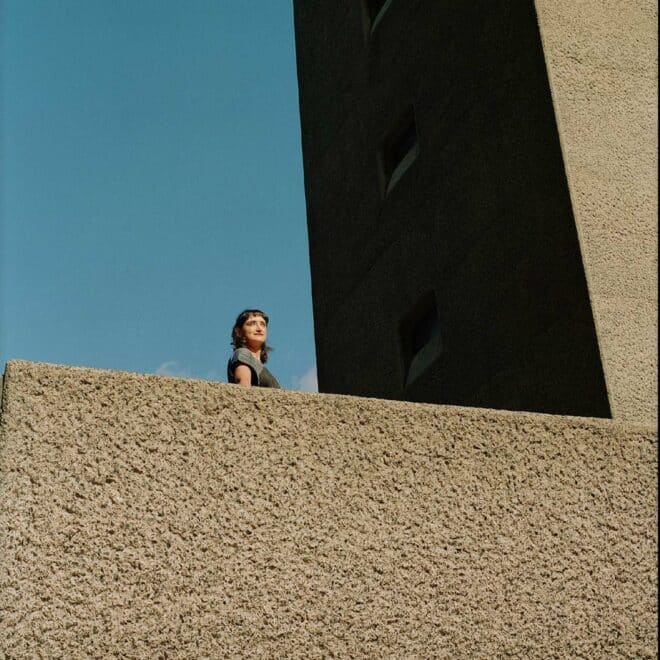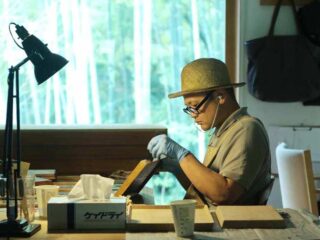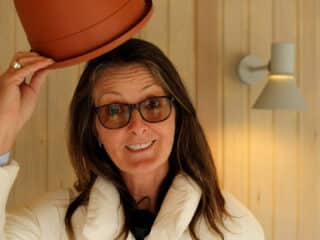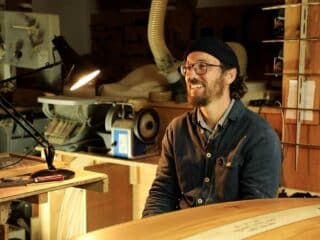Stories
In conversation with Priya Khanchandani

Photo by Suzanne Zhang
-
Tell us about yourself?
I’m a curator, writer and polymath at heart. I started my career as a lawyer in London and Milan before leaving to do an MA at the Royal College of Art and have spent the last twelve years working across arts institutions and journalism. I’ve published widely on international design, travelled to places like Jerusalem, Sharjah and Seoul, and curated many exhibitions about subjects ranging from architecture to fashion. I’m fortunate to be part of a thriving design community in London where shared interests have led to deep bonds, learning and collaboration. -
Describe Priya Khanchandani in 3 words?
Curious, affectionate, cerebral -
About your work
I work at the Design Museum in London as Head of Curatorial, managing the curatorial department and curating exhibitions like The Offbeat Sari, Amy: Beyond the Stay, Yinka Ilori Parables for Happiness and Bethany Williams: Alternative Systems. As a design expert, my work has other strands, too. I’ve contributed to publications like The Guardian, the Sunday Times and Frieze and appear in the national media as a commentator. I also give talks and chair panel discussions about visual culture, which has led me to interview creative people I admire such as the fashion designer Roksanda and the architect Farshid Moussavi.
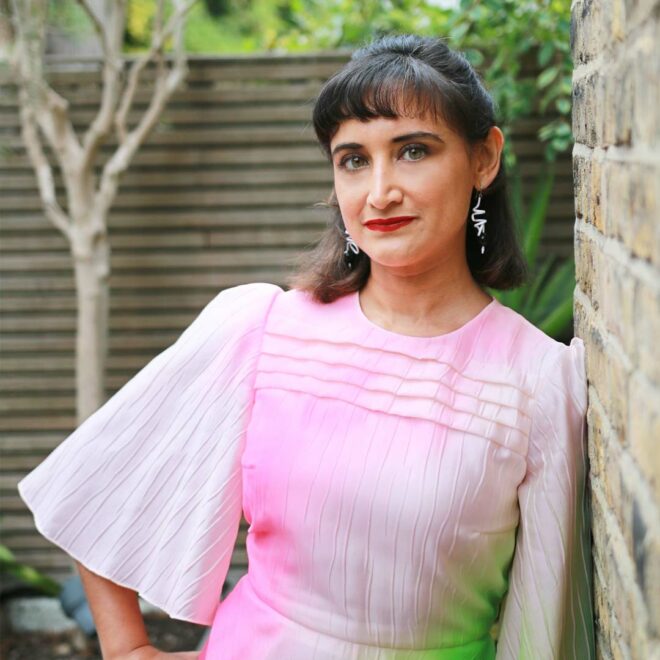
Photo by Suzanne Zhang
-
What’s your favourite Anglepoise design?
It’s got to be the Type 75 – Paul Smith Edition 3 -
Tell us about your studies
I consider myself a lifelong student of the universe. I’ve always followed my gut when it comes to educational choices, even when they didn’t guarantee me a set path. I grew up in Luton where I did a range of A-Levels across the humanities, arts and maths, then a degree in Modern Languages at Cambridge University, followed by a postgraduate degree in law, and finally a two-year MA in the History of Design at the Royal College of Art joint with the V&A Museum. The latter was a life-altering experience as I learnt to analyse the material world through theory and research a museum collection. The range of my studies has enabled me to have breadth in my career, which has kept me constantly engaged and encouraged me to continue learning all the time – through reading, meeting people, travelling and taking on new experiences and challenges that push me to think in new ways. -
What’s the best piece of advice you’ve ever been given?
To be bold with your dreams as you’ll be surprised what is possible if you can manifest it.
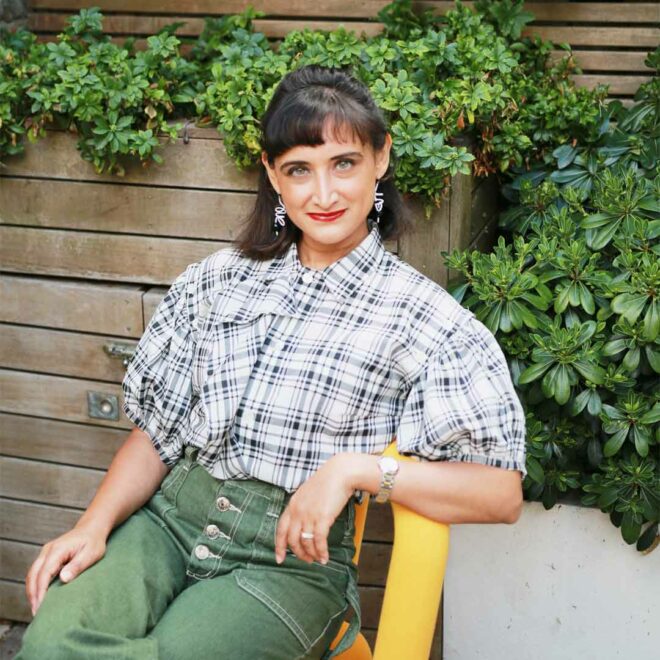
Photo by Prarthna Singh
-
What inspires you?
I find endless inspiration in books, from poets like Emily Berry and Alice Oswald to non fiction writers like Jia Tolentino, Joan Didion and Rebecca Solnit. I have a passion for literary memoir because it unlocks who we are on a human level and helps us see that philosophically we can go deeper, be more profound and make the right choices when confronted by adversity. Other than this, I go to endless exhibitions, scour online channels and visit international biennales to get to know fresh talent in design and the visual arts – it’s a luxury to be able to consider these activities to be work. -
What’s your biggest achievement?
I’m proud of the most recent exhibition I conceived and curated at the Design Museum, The Offbeat Sari, which explores the sari in contemporary India as site for design innovation, an expression of individual identity and a canvas for new materialities. I’m also proud of the book I’ve edited of the same title, in which I’ve commissioned essays by some of the most incredible South Asian writers working today. But my biggest achievement is really salvaging my identity as a writer and curator in the aftermath of ovarian cancer at a young age, since for those who have lived with cancer, having a career isn’t a given. -
What’s your favourite thing on your desk?
An old wooden pencil case covered in colourful doodles passed down to me from my Dad and a sand timer I use when focussing on discrete tasks which reminds me of the passage of time.
